Have you ever been in this situation? Trying to start a 3D animation?
Obviously, the process to make a still image is really different of the way “to build” a 3D animation.
In this post, you’ll find some details to ensure your success or either, after read it,
your mind will begin to be open, to think about it.
The process to make a 3D animation
The architecture project is alive. It is unthinkable (at least in Spain) that when you need to visualize a project, all information is invariably defined.
Therefore, one of the prerequisites for the development of this 3D animation of architectural visualization was:
“Everything that is defined will be made according to your requirements. The rest will be decided to our criteria. If later you want to change something, we will need more extra time”.
Today I will discuss more concrete aspects of the process.
Modeling
Architectural Modeling
Usually, we work with different software according to what we have to model and all have to match. We had to model the interior from scratch. That included both the architecture (walls, ceilings, floors, baseboards, vents, etc) and furniture (countertops, kitchen cabinets, toilets, etc).
Sometimes we buy models but normally we become “tailors” modeling any object from scratch.
Organic modeling
The landscape designer Carlos Dávila was in charge of the design of the landscaping of the residential area. The information we received was “analog” … notes made in pencil. We are not meaning that they were inadequate, quite the opposite.
The first step was to model the residential area: sidewalks, ramps, floors, walls, etc.
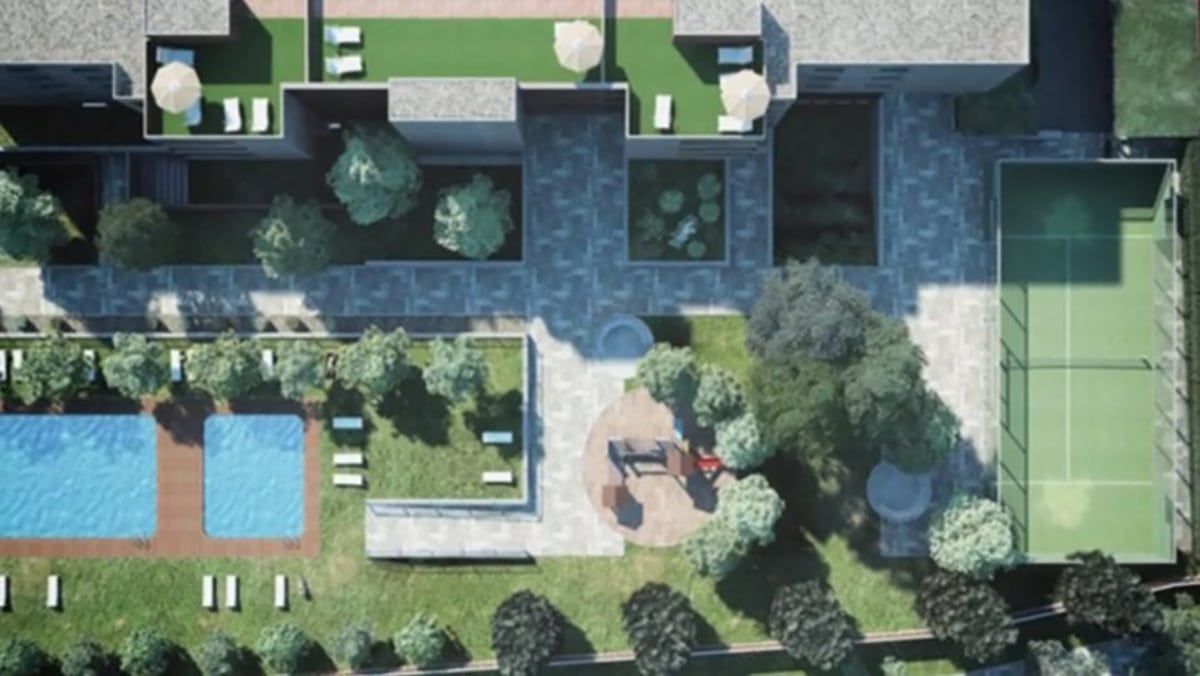

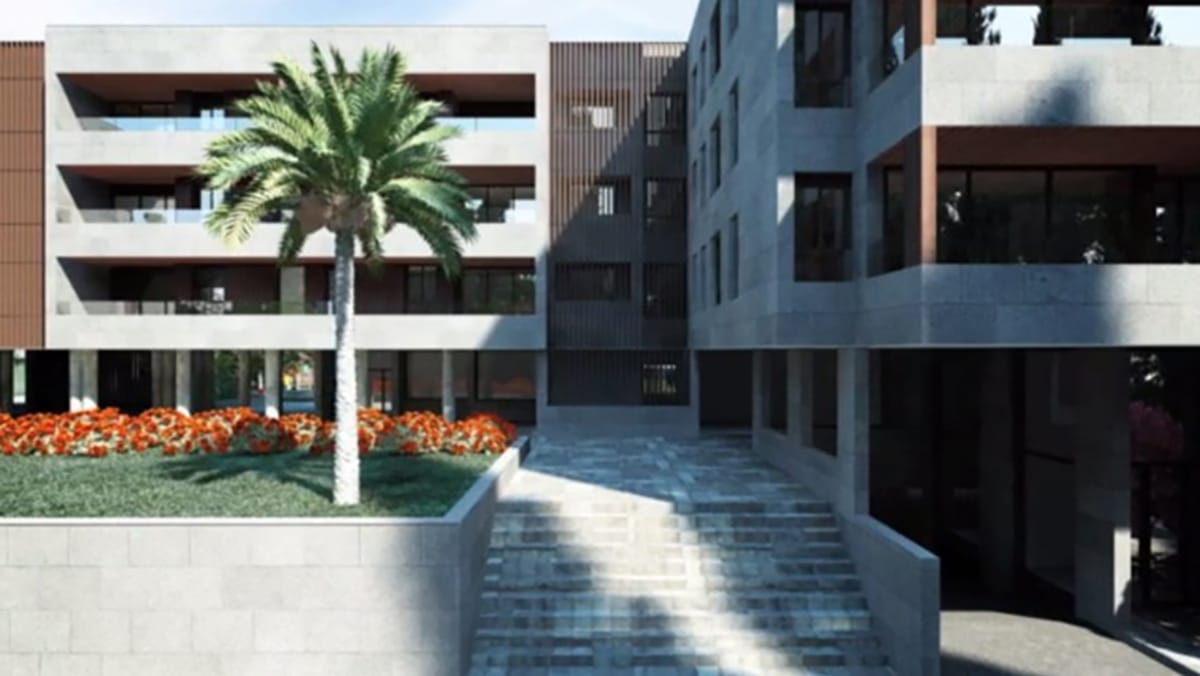
After some elements such as benches, were modeled on purpose.
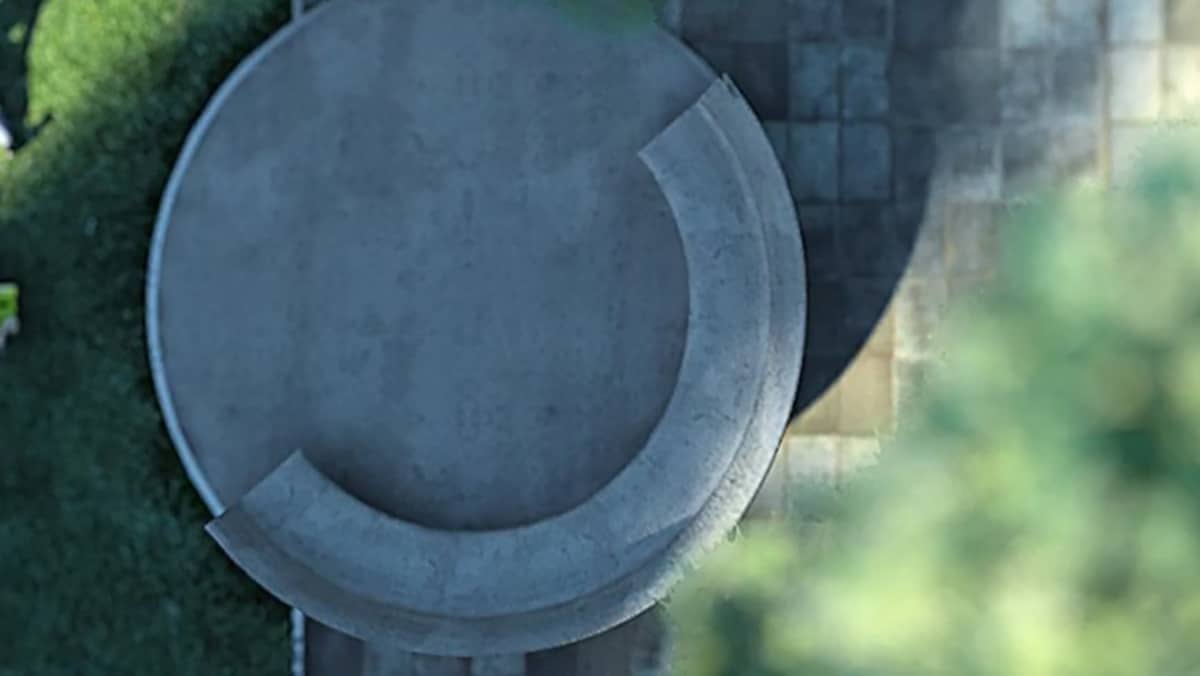

Vegetation was accurately defined as regards both as to species and colors. We had to locate both trees and hedges, vines, flowers, …
We solved almost everything using HQ Plants.
Pablo Rapún (our modeller man) got the water jets that appear in one of the sequences (on the second 00:50) with the particle system of Cinema4D.
Perhaps the final result is improvable, but production time prevented us investigating further.
Human beings in motion
GAYARRE infografia have been long time doing architectural visualization, but we do not cover all aspects that surround 3D animation. The challenge of human beings in motion for a company like ours is a pending issue. We conducted not only for this project many attempts. As usual, we find it very difficult to generate plausible moves in close-ups, even media. We hope that improvements thereon in the latest version of Cinema4D help us evolve. In this case, we discarded the integration of real actors filmed in chroma key for budgetary reasons (1 Actor / day = 1500 €), so we placed several 3d human beings, but for sure, at a distance.
Where we finally decided to leave them was in the paddle court.
Our team considered the result acceptable, even if we would have to have placed four players. ?
Details in architectural animation production
Attention to detail makes the difference. An example: the sequence of the bouncing ball.
We may not know how to animate a child playing in the garden, however, we can simulate the bounce of a ball. Imagination does the rest.
Another detail is the floating pollen in some sequences done in post-production.
It gave us depth and “soften” the artificial aspect of the computer generated images.
The grass, in the close-ups, was modeled in three dimensions.
It was not a texture. The encounter between surfaces were more credible.
The close-ups allow the approach to elements that formed part of the household. Actually, they are not strictly necessary to show a home.
With these shots we not only shown the living space, especially we shown habitability.
One factor that makes the house more attractive for sale.
All elements of kitchen and bathroom that appear in the animation will be exactly those that will be placed in reality.
We like causing visual similarities as the correlation between the lens flare in terrace sequence and, the next, the girl on the swing.
Could she have been recorded by her parents while playing in the residential area?
If we had had to keep a detail, we would choose the candle flame.
It conveys the concepts of peace and calm. Very attractive arguments for the sale of a home.
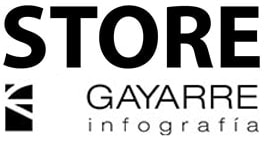
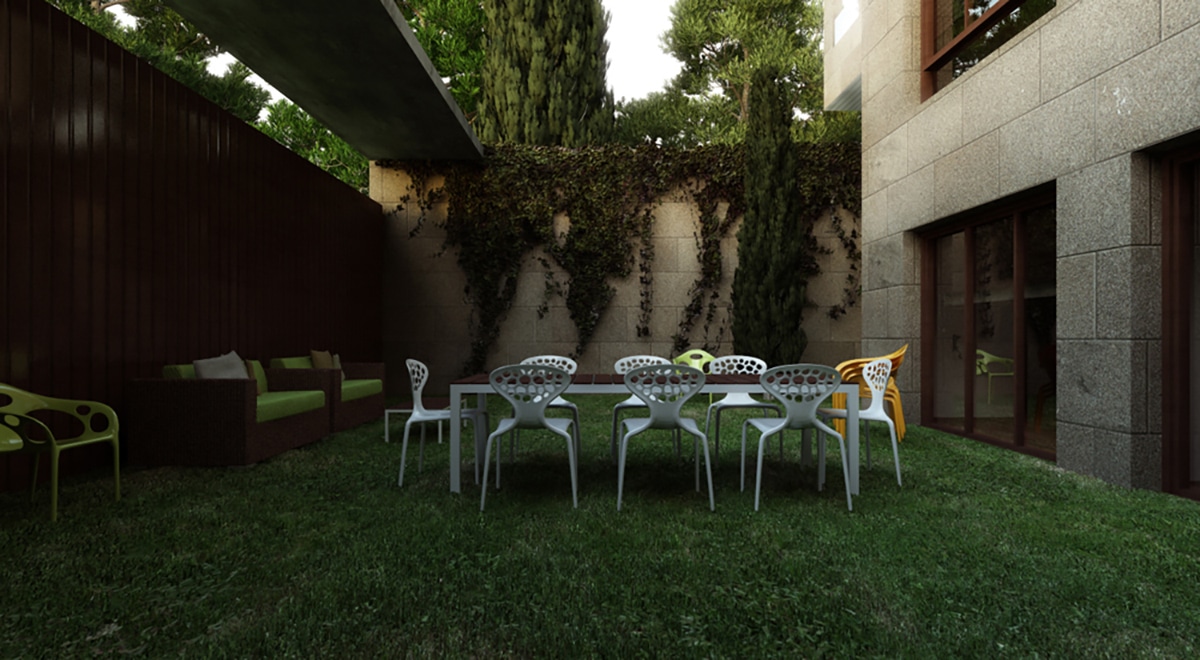
Leave A Comment